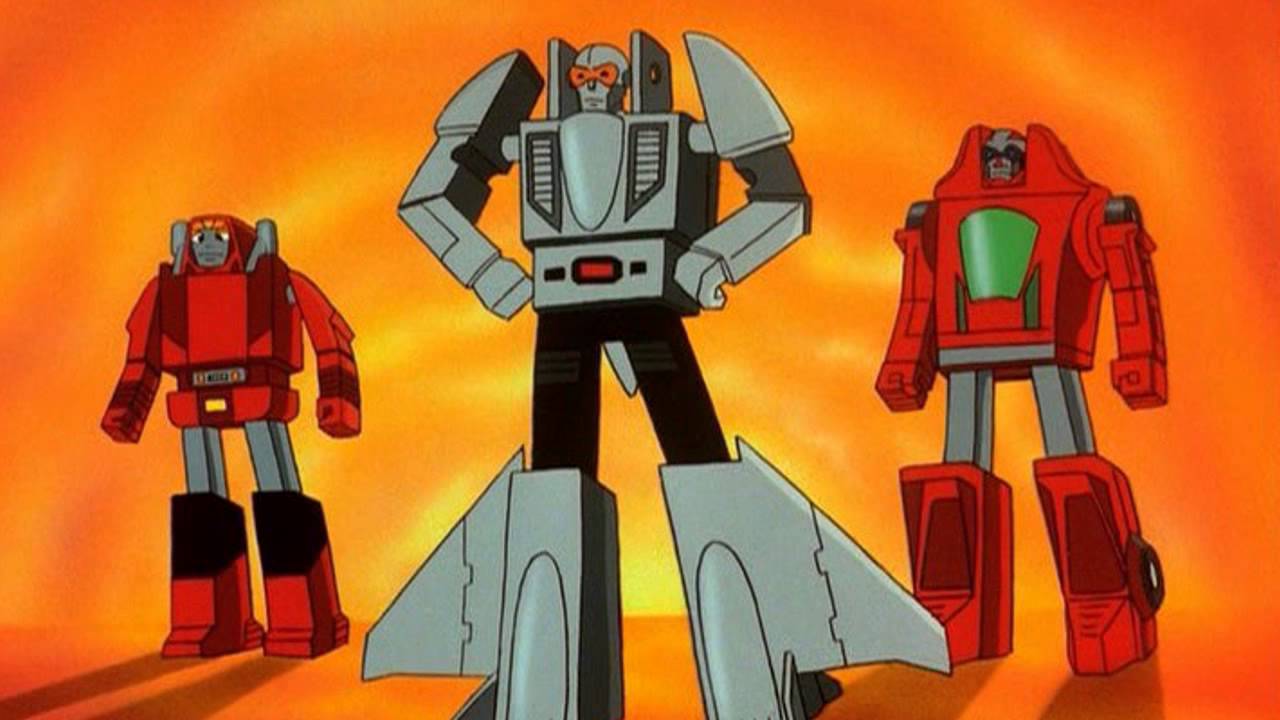Gobot and Arduino

Go and Arduino
I have been trying to get back into working with my Arduino again, but I find myself wishing I could use a higher-level language like Python instead of C. While I have a decent grasp of C, I would much rather work with a language with modern affordances like garbage collection. Luckily, I stumbled over a framework for Go that fits the bill. While Go is definitely a lower-level language than Python, it is higher level than C and is nicer, at least in my opinion, to work with than C.
Enter Gobot
The framework I discovered is called Gobot. Gobot is a framework for building drones, robots, and IoT devices. It has support for numerous devices and platforms, including the Arduino and the Raspberry Pi boards that I own. Just in case I need to set up another Arduino board in the future, here is how I was able to install the Firmata library on the Arduino board.
Getting Started
Install Firmata
Gobot uses the Firmata protocol to communicate with with the Arduino, so the first step is to load the Firmata library onto the board. The Firmata library ships with the latest version of the Arduino IDE, so I downloaded and installed the IDE package, and followed these instructions for installing Firmata.
- Download the latest version of the Arduino IDE and install it
- Connect the Arduino board to the laptop
- Configure the IDE with the board type and port
- For the board type, go to the Tools | Board menu and select the proper board from the list
- For the port, go to the Tools | Port menu and select the port that has the board name next to it
- Upload the Firmata sketch to the Arduino board
- Go to the File | Examples | StandardFirmata menu to open the sketch
- Click the Upload button and wait for the sketch to build and transfer
- When the process is complete, you should see the message, “Done Uploading” in the status window
The board should be ready to work with Gobot now.
Install Gobot
For our purposes here, I am assuming you already have the Go language and environment already installed.
- Install Gobot into your local environment
1
$ go get -d -u gobot.io/x/gobot/...
- Go grab a snack and drink while you wait for the framework to download and install
Execute a Sample Project
- Connect an LED to the Arduino using your favorite sample, I am using the directions that came with my Adafruit Arduino kit, and make a note of which pin it is connected to.
- Enter the following code sample from the Gobot Getting Started documentation and save it in a file called blink.go; if necessary change the pin number to correspond to the pin that the LED is connected to
1
2
3
4
5
6
7
8
9
10
11
12
13
14
15
16
17
18
19
20
21
22
23
24
25
26
27
28package main
import (
"time"
"gobot.io/x/gobot"
"gobot.io/x/gobot/drivers/gpio"
"gobot.io/x/gobot/platforms/firmata"
)
func main() {
firmataAdaptor := firmata.NewAdaptor("/dev/ttyACM0")
led := gpio.NewLedDriver(firmataAdaptor, "13")
work := func() {
gobot.Every(1*time.Second, func() {
led.Toggle()
})
}
robot := gobot.NewRobot("bot",
[]gobot.Connection{firmataAdaptor},
[]gobot.Device{led},
work,
)
robot.Start()
} - Run the sample program
1
$ go run blink.go
After the code compiles and gets uploaded to the board, you should see the LED blink. At this point everything should be ready for more advanced projects.
Next Steps
Now that I have my Arduino up and running with Gobot, my next challenge is to go back and redo the sample projects that came with my kit and see if I can get them all working in Go. Once I finish, I figure it will have given me enough practice to start working on something more elaborate.
Until next time, thanks for reading!